Designs For A New World Order
gweirdo
17 years ago
Related Stories
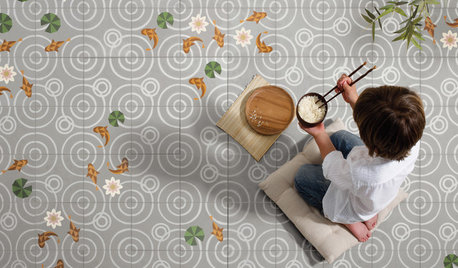
TILEWorld of Design: How Modern Geometric Designs Are Reinventing Cement
Intricate and eye-catching, the patterns of today’s cement tiles mark a break with their past while preserving an age-old technique
Full Story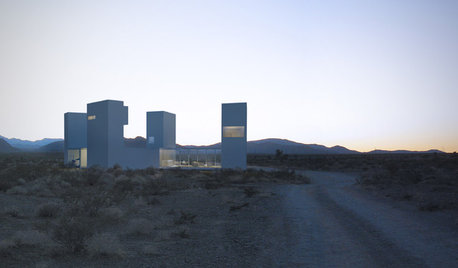
ARCHITECTUREDesign Workshop: Connecting Our Built and Unbuilt Worlds
Renderings of an unbuilt project in California show how using place to inspire architecture is worth getting right
Full Story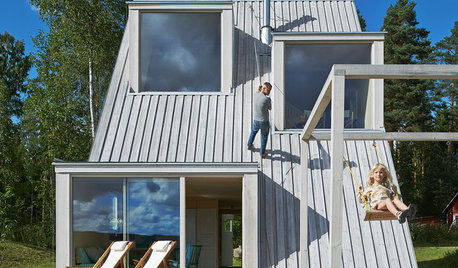
FUN HOUZZWorld of Design: 16 Fun Homes That Encourage Play
What does a fun home look like? These 16 very different properties around the world are designed with enjoyment in mind
Full Story
ACCESSORIESWorld of Design: Japanordic, an International Love Affair
How can countries that are so far apart geographically be so close when it comes to design? Three experts explain
Full Story
HOMES AROUND THE WORLDWorld of Design: 11 Book Lovers and Where They Like to Read
Bibliophiles across the globe reveal their top books and favorite reading spots, from a 2-story library to an artfully curated book nook
Full Story
HOMES AROUND THE WORLDWorld of Design: 11 Guys and Their Personality-Filled Man Spaces
Take a tour of very individual retreats designed by creative guys around the globe
Full Story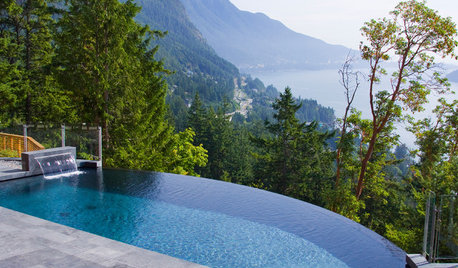
DREAM SPACESWorld of Design: 15 Swimming Pools With Dream Views
Join us on a refreshing tour of spectacular swimming pools from Sydney to Moscow
Full Story
KITCHEN CABINETSWorld of Design: The Appeal of the German Kitchen
German kitchen brands are household names across Europe, with roots reaching back more than a century
Full Story
ARCHITECTUREWorld of Design: 10 Homes That Lap Up the Landscape Around Them
As building techniques develop, architects all over the globe are finding new ways — and new places — to integrate houses with nature
Full Story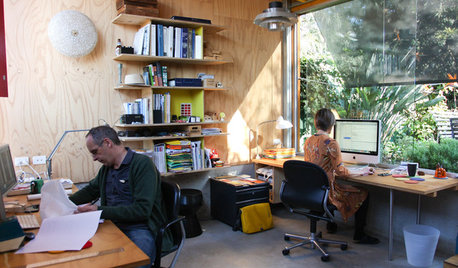
HOME OFFICESWorld of Design: 11 International Architects in Their Home Offices
Thinking about relocating your office to your home? From Sydney to Copenhagen, these architects share their insider knowledge
Full Story




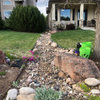

rusty_blackhaw
gweirdoOriginal Author
Related Discussions
Enchanted Garden/World Factory Inc Greenhouse - Need new cover
Q
NJ has a new world record for tallest Amaranth
Q
What exactly does old world vs new world Salvias mean?
Q
Synthetic genes in the brave new world of food crops
Q
Saypoint zone 6 CT
Embothrium
sammie070502
gweirdoOriginal Author
Embothrium
wellspring
barefootinct
chelone
mjsee
vicki_ca
Saypoint zone 6 CT
gweirdoOriginal Author
barefootinct
catkim
Embothrium
chelone
gweirdoOriginal Author
barefootinct
maro
chelone
nandina
chelone
gweirdoOriginal Author
dannytom
mjsee
laceyvail 6A, WV
gweirdoOriginal Author
fescuedream
User
creatrix
wellspring
zzepherdogg
gweirdoOriginal Author
zzepherdogg
Carole Westgaard
brendan_of_bonsai
Cady
willowtara
gweirdoOriginal Author